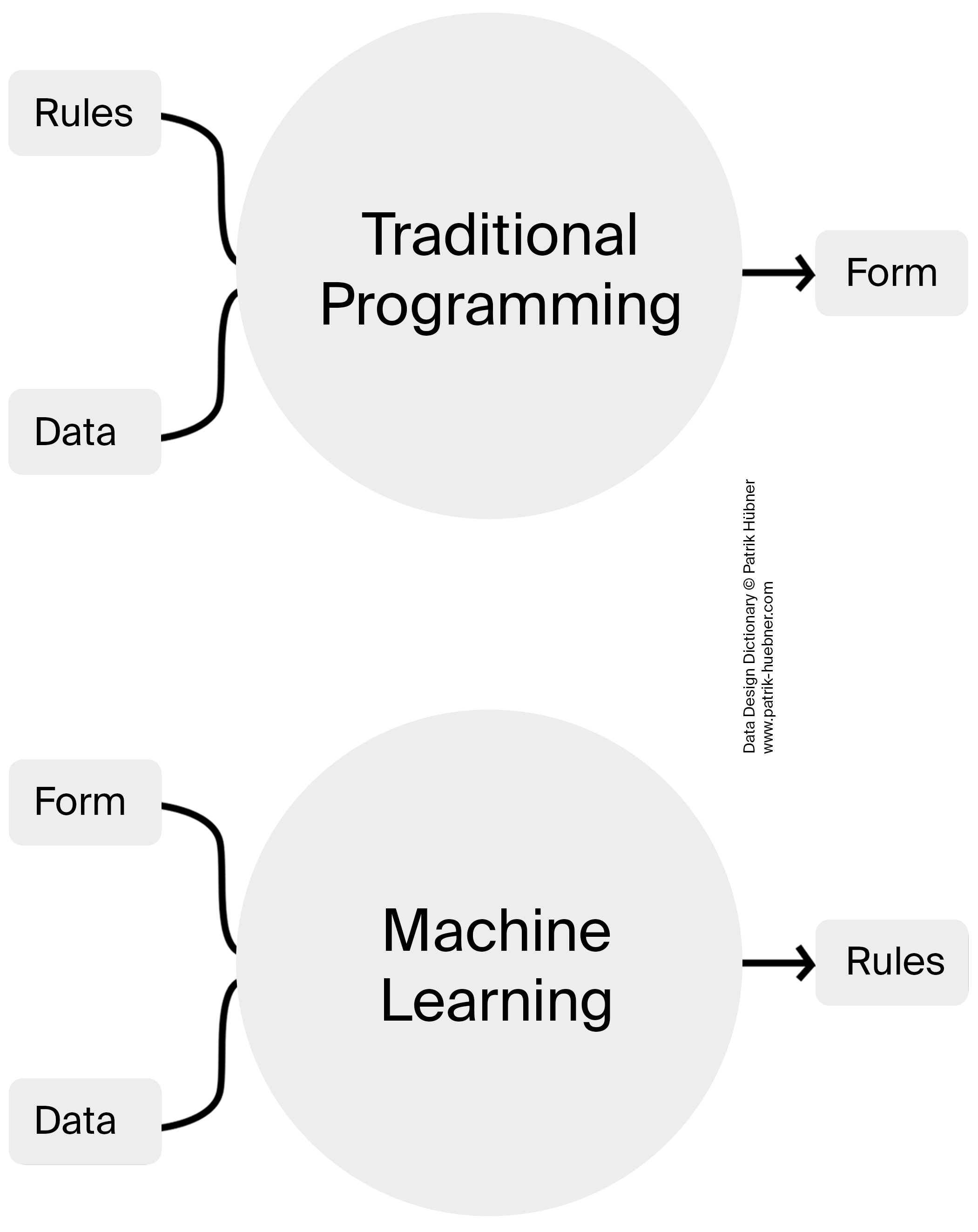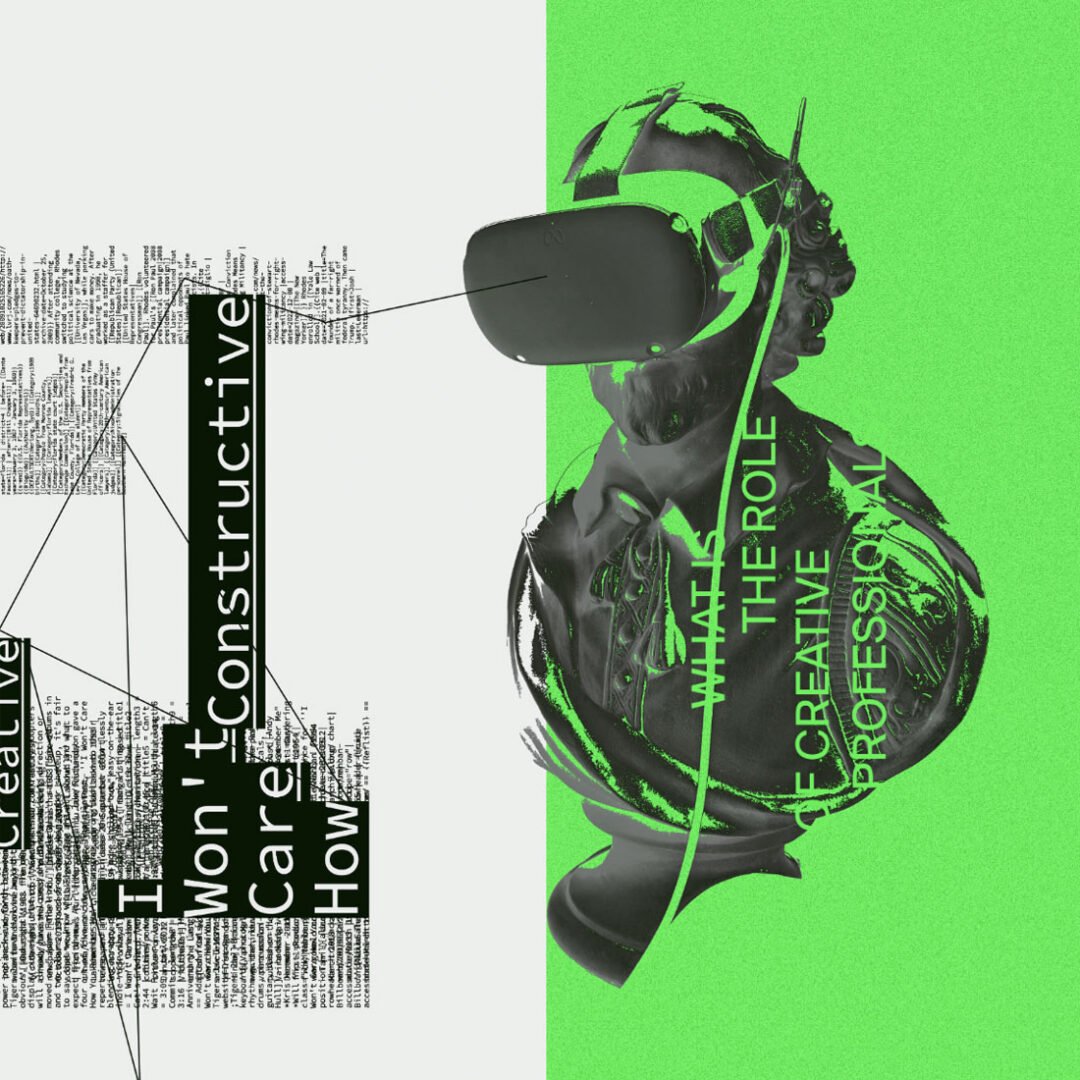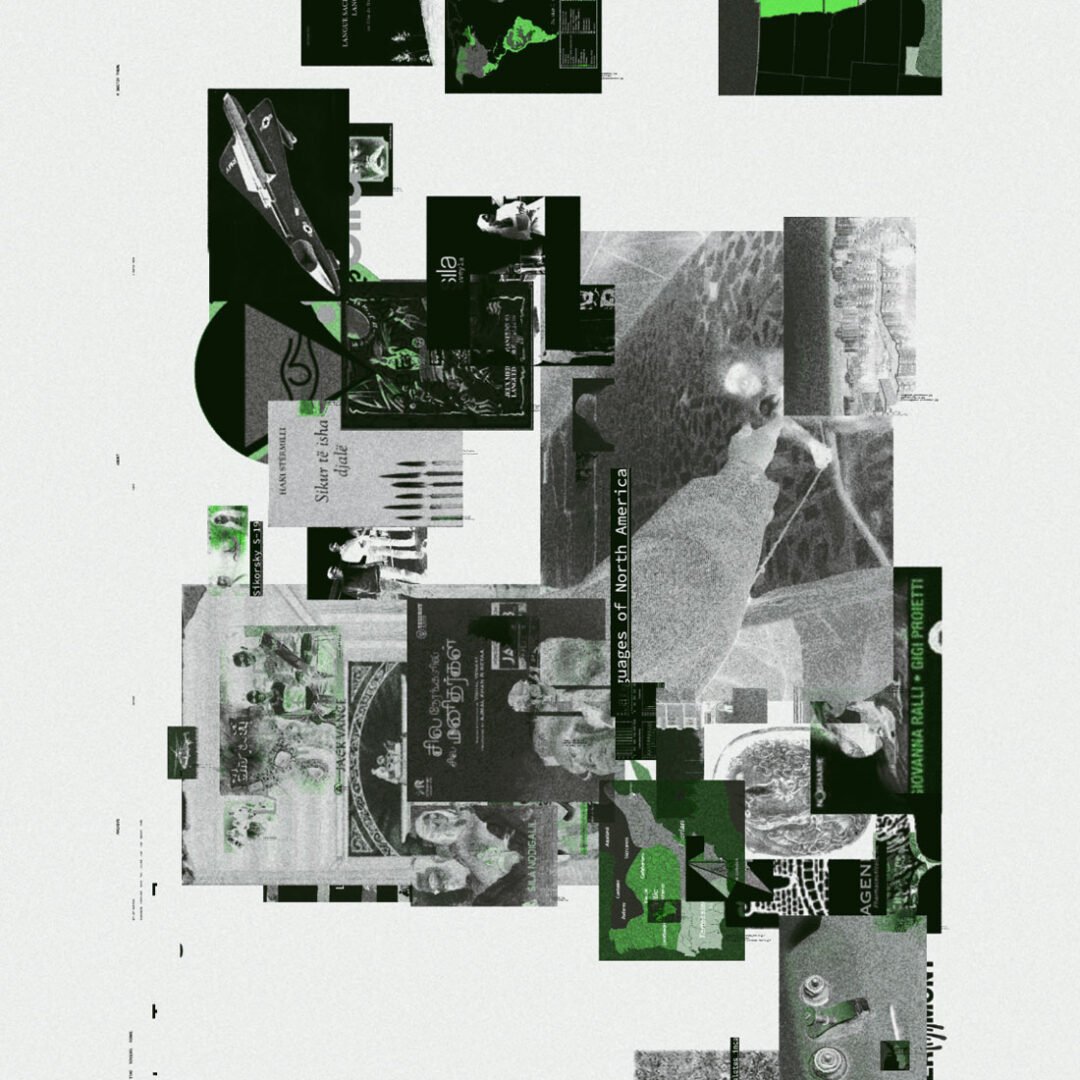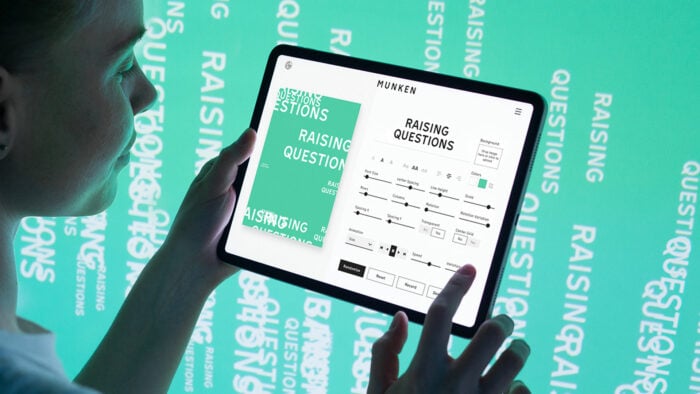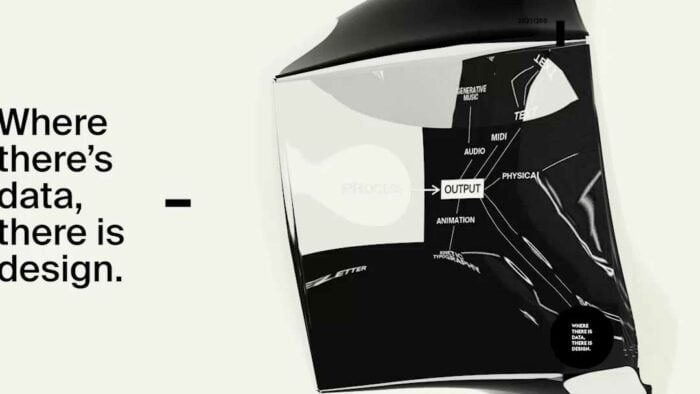What is Artificial Intelligence (AI)?
Data-Design Dictionary
A dictionary to illuminate data-driven generative design and creative coding.
In the realm of generative design, Artificial Intelligence (AI) stands as both a tool and a co-creator, enriching the designer’s capacity to think and systematically interpret and access the narratives that the qualitative datasets of our environment hold. In this context, AI can be considered a specific tool that makes otherwise inaccessible qualitative datasets (e.g. the underlying sentiment encoded in a string of a text) available as inputs to machines and programmed design systems. This interpreted and transformed input can then be used to bring new perspectives and previously unavailable insights to the conversation between brands and their audiences. In the broader context of generative design, there is no use for a focus on AI crafting fragments of design in isolation but rather for using it to interpret the depth and dimensions of stories encoded in qualitative data that were previously outright inaccessible to more traditional algorithms. This very powerful process of turning qualitative data into machine-usable quantitative data is essential to influence generative design systems and allow designers to craft data-based rules as the driving force of dynamic brand identities and narratives.
Hover over elements to learn more. Click-and-drag elements to move them around.
There is an actual difference between the publicly (over-)used term Artificial Intelligence (AI) and the field of Machine Learning (ML). AI describes the broader capability for machines to perform tasks in ways that could be considered “smart,” encompassing various current and future technologies. ML is more specific – a collection of strategies and methods where algorithms learn from data and for example form as input to extract rules, enabling it to generate outputs or make design decisions without being explicitly programmed for each case. This stands in contrast to traditional programming, which involves explicitly coding rules and feeding in data to produce specific outputs. In almost all cases in generative design, the more fitting term for the technologies and concepts used is thus ML rather than AI.
